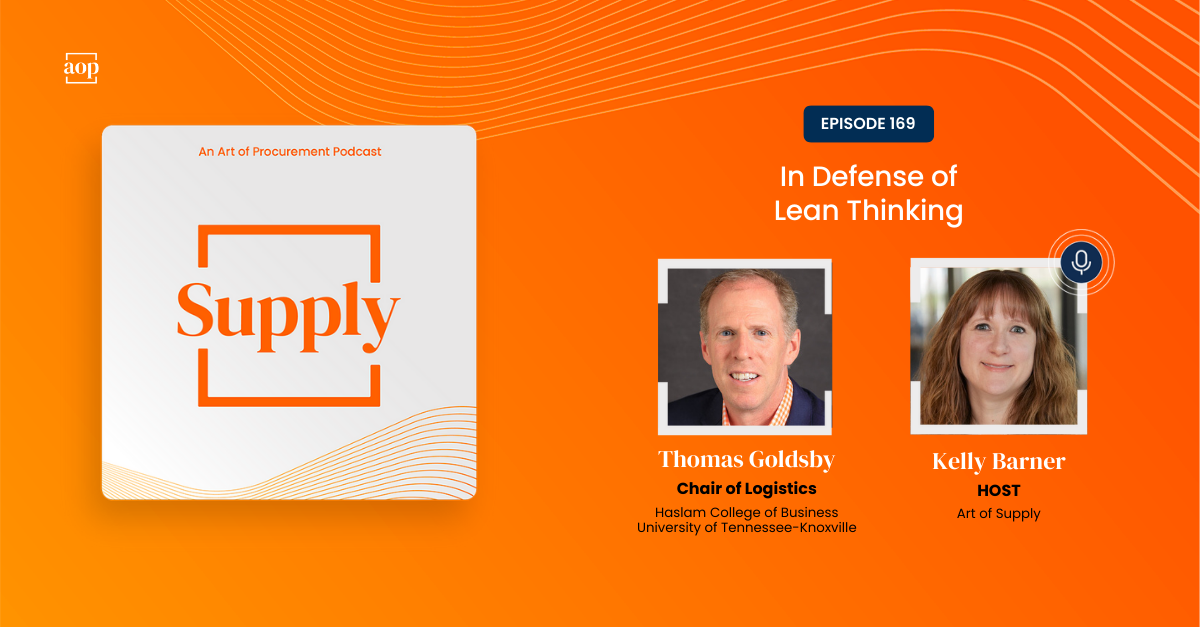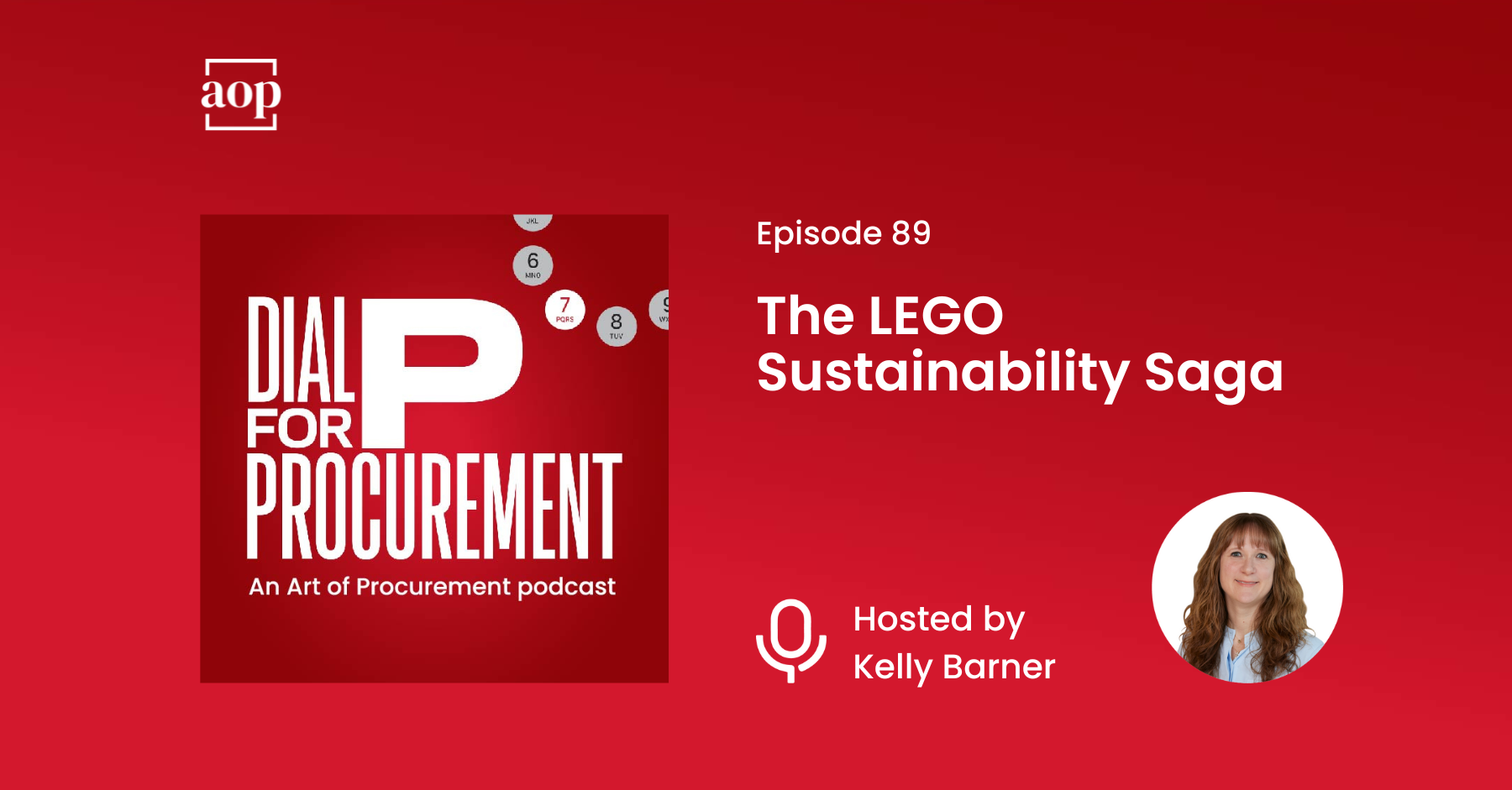
While true crime has gained traction as a genre in the literary world, it's not often we see it applied to procurement. Yet, a fascinating and unsettling procurement fraud case has recently come to light within Intel Israel's operations. Every criminal investigation seeks to uncover means, motive, and opportunity, and this case checks all three boxes, with implications that go far beyond one company.
Just a few weeks ago, a story broke that uncovered an alleged scheme in which a now-former employee, Natalia Avtsin, and a component supplier, Yefim Tsibolevsky from Energy Electronics 2000, teamed up to steal roughly 3 million Israeli shekels (NIS), or about $842,000 USD. Although the case is still ongoing and has yet to see its day in court, it poses a lot of questions for procurement teams across the globe.
Pulling Off Their Fraud Scheme: How It Worked
One of the more interesting details of this case is how Intel Israel uncovered the crime in the first place. The company only discovered the fraud due to an internal audit, which wasn't conducted because of missing money but rather a pattern of suspicious invoice categorization. More than that, that audit didn't even occur until after Avtsin was laid off as part of a workforce reduction.
During their scheme, the alleged perpetrators followed a clear pattern:
- The buyer (Avtsin) would submit quotes for hardware components to her manager.
- Once they were approved, she would reclassify the transaction from a product to a service. In doing so, she was able to bypass standard product site verification steps like delivery notes.
- Payments were then made to Energy Electronics 2000, even though the company was not authorized as a supplier to deliver services.
Avtsin also took advantage of her $20,000 transactional approval threshold, ensuring each invoice was kept under that amount so she could approve them herself. Because services are subjected to less strict approval ratings than products were at Intel Israel, the fraud went unnoticed for nearly a year.
Loopholes, Lax Oversight, and Lots of Questions
On the surface, it might seem like the amount of ill-gotten profits is the biggest issue within this case. This is especially true if we consider that it may total up to $1.4 million USD if the transactions done through a third party facilitator, Levanon Kogan, are included in the case.
A quote from an article by Binance Square hits the nail on the head of digital procurement risks: “When insiders know which labels deactivate controls, entire systems become irrelevant.”
This wasn't a haphazard event by a rogue supplier or greedy employee acting alone. It was allegedly a collaborative effort between internal and external players, somebody on the outside and somebody on the inside working together.
To that end, a lot of questions immediately came to my mind.
- Has Intel closed the loophole that allowed this fraud to occur? (I really hope so.)
- Who pre-qualified Energy Electronics 2000 as a supplier?
- Did Avtsin and Tsibolevsky know each other beforehand? (Many have this question, and there’s much speculation surrounding their relationship.)
- Would this have occurred if Avtsin was a dedicated procurement professional? (She had supplier procurement responsibility within a larger scope.)
Lessons Learned for Procurement
This story reveals deeper vulnerabilities within procurement, especially when it comes to services spend. It forces us to reflect on how digital controls can create blind spots, especially as more organizations implement solutions designed with speed and convenience in mind.
To me, the ability to change a transaction or purchase category and then automatically alter all of the following oversight seems risky. While mistakes are going to happen, they still need to be routed through proper approvals.
Both in regards to Intel Israel and other teams who may function in a similar way, why is there such a marked difference between the verification required for products and the verification required for services? While I understand the need for efficiency, systems shouldn't disregard scrutiny for the sake of speed.
The patterns were there all along in this case. If each transaction was worth around $20,000, that's at least 42 transactions in a year. If we include the possibility of a third-party channel, we're up to 72 transactions. That no human or system caught this is both absolutely fascinating and wildly concerning.
Whether this was a one-off crime or cautionary tale of broader vulnerabilities, I'll continue to track the developments. In the meantime, it would be wise to go and make sure this isn't happening in your company.



.png)
